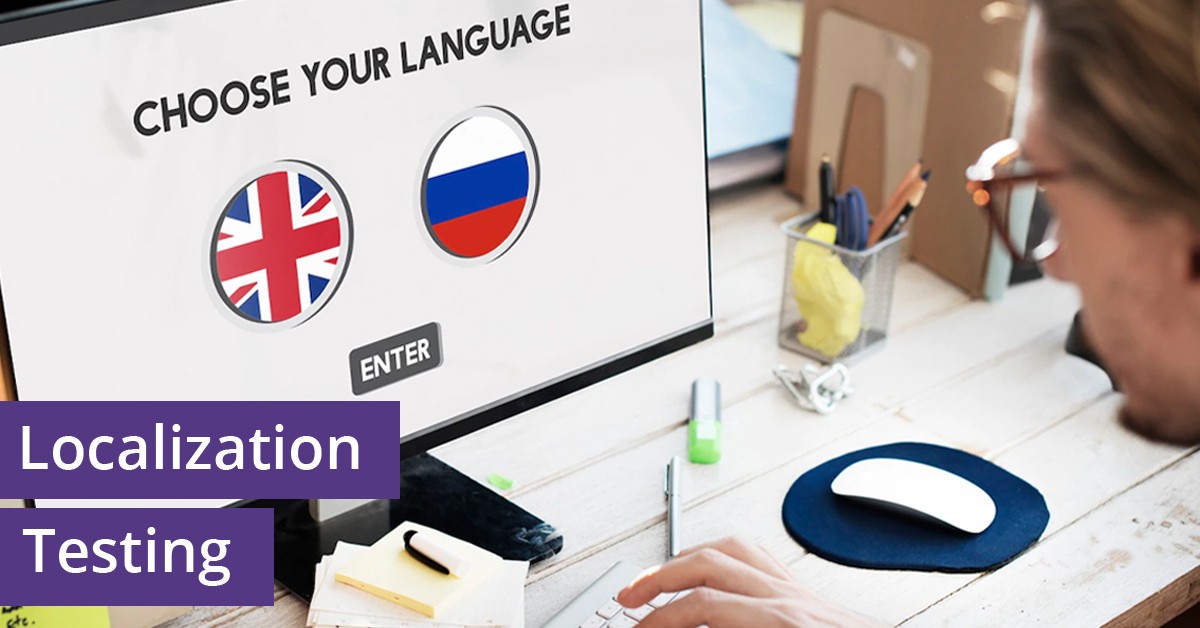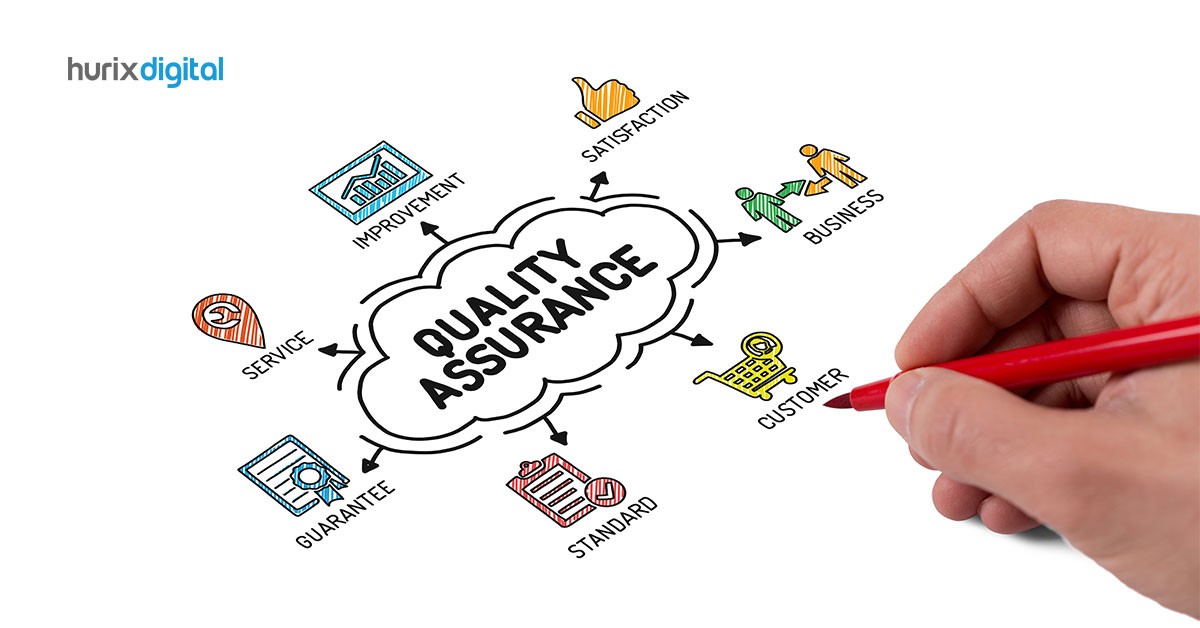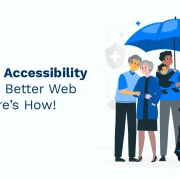
Why Localization Testing Must Be Your Top Priority?
Summary
This blog post provides an in-depth guide to mobile app localization testing, exploring its importance, key steps involved, and best practices to ensure your app reaches a global audience seamlessly.
The main goal of a mobile application developer or marketer is to increase the app’s visibility and exposure. This translates to an increase in the app’s monthly active users (MAU) and finally the revenue. To maximize or optimize the application’s reach, it should be customized to serve different users located in different places with different tastes and preferences. This customization is possible through mobile app localization.
Mobile app localization enables access to a global market. It increases app downloads, lends a competitive edge, and enhances sales. Instabug cites a study by Distomo, which showed that localizing apps resulted in 128% more downloads per country with a 26% increase in revenue for each country added via app localization – all this within a week of releasing the localized app. Let us walk through the mobile app localization process and discuss the different steps and the important aspects that need to be focused on during the process.
Table of Contents:
- What Is Mobile App Localization?
- Why Localize Mobile Apps?
- Differences Between Mobile App Localization & Mobile App Internationalization
- Mobile App Localization Testing: Pointers
- Mobile App Localization Testing: The Steps in the Process
- Mobile App Localization – Testing
- Post Mobile App Localization
What Is Mobile App Localization?
Localization is the customizing of the app to work in languages other than the default language. Localization includes different spoken variations and dialects of the same language, referred to as locales. In localization testing, the native mobile app is tested on iOS and Android devices with various language and localization settings.
A locales is a combination of the language and the country/region that it is spoken in. For instance, English as spoken in the United States versus Canada or the United Kingdom; or Spanish in Spain, Mexico, and Argentina.
Locales are often named using two letters referring to the language, followed by two letters referring to the country. For example:
- en_UK: English — United Kingdom
- en_CA: English — Canada
- en_US: English — United States
Where the language is not spoken in any other country, only the language code is used. For example:
- fi: Finnish
- lt: Lithuanian
Why Localize Mobile Apps?
It is clear that making the app in English might suffice to gain exposure to an international clientele, but it is not possible to tap into huge markets that are mostly non-English speaking. Non-English speaking countries of Europe and East Asia have been dominating in terms of app downloads and revenue: they constitute 50% of the countries/regions in the top 10 for downloads and revenue in iOS App Store, and 80% of the countries within the top five for downloads and revenue in Google Play.
Mobile app localization customizes your app based on different demographics, thereby attracting new audiences and opening new doors to the hitherto unexplored markets. This will boost the overall growth in terms of MAU and revenue.
Also Read: The Future of Mobile App Localization with Advanced Technology
Differences Between Mobile App Localization & Mobile App Internationalization
Some of us confuse mobile app localization with internationalization, deeming them to be the same thing. But, while they are dependent on each other, they are two separate processes.
The process of customizing your code to be ready for localization and to be modified and released in multiple languages is Internationalization. While localization is the customizing of the content, internationalization is the customizing of the code.
Internationalization always needs to be one step ahead of the mobile app localization process because the code needs to be ready to manage/handle the localized content when it is created. Localization need not be planned ahead of the development process but internationalization does. More often than not, it becomes very difficult to modify the code for internationalization after it has been created.
The process begins with the development and ends in the release:
Development – Internationalization – Localization – Testing – Release.
Mobile App Localization Testing: Pointers
Here are a few pointers while planning a mobile app localization
- Mobile app internationalization: Make the mobile app localizable by internationalizing it first. If the app’s content is hardcoded, it cannot be localized by changing the content according to different locales. In fact. internationalization can be undertaken in parallel with the development process, as it won’t impact the development process in any way and is very handy when the app is being localized.
- Selecting the target markets: While localizing enables one to expand the app everywhere, localizing for a new locale comes at a price: so, it is important to select the target markets in order to maximize the return on investment. So, conducting market research to see which regions and countries the app should be expanded to is critical.
- Check the app analytics: If the app has already been released and has an existing user base, then the app’s analytics can guide the decision to expand to newer territories. One can see where most of the users come from based on countries and expand even further. Read the app reviews: Be alert to what people say about the app. For instance, if many users from the same region love the app, it might be a good idea to expand there. If there are complaints from existing locales, that would help too in the decision-making on expansion.
- Research competitors’ moves: Checking the moves of the competitors can help in decisions on expansion. Once it is clear as to where (in which markets) their performance is superior, that can be factored into the decision on the market expansion.
- Different markets: Different countries and different markets with different phone manufacturers with different screen sizes. They might have customized OS versions or have only certain OS available. All these details need to be gathered ahead of time to ensure that the users won’t face any issues once the localization is done.
- Incremental progress is advised: Each additional market that the app expands into will come at a cost. So, it is advised to focus on one at a time, mastering that market before starting on a new one. Incremental growth, with one market at a time is advised, instead of launching in multiple markets at once.
- Regional expansion is advised: Try and expand into regions that share the same characteristics as the default locale of the app – like the date format, alphabet, numbers and currency. For instance, if English is the default locale, it would make sense to expand into Europe since the countries share similar traits instead of localizing the app to Arabic which is completely different.
Mobile App Localization Testing: The Steps in the Process
- Find Translators: Professional translators can speed up the work a lot. Since they are backed by experience dealing with different demographics, they can adapt the translations to specifically suit the locale. Most importantly, they are aware of cultural differences and will help avert anything that is deemed offensive in a foreign region.
- Customize the Content: All of the text in the app should be translated into a different language or locale first. This is done using XML or XML localization interchange file format (XLIFF). It includes all the stings in the application so that they can easily be translated into another language. This might take weeks for the translators to translate all of the text.
- Non-String Content: Localizing the app involves not only translating the text into another language but also customizing all of the app’s content to suit a new locale, and could involve changing the text, images, video, audio, date format, numbers and currency.
- App Store Content: It is just as important to localize the app page on App store or Google Play. The app store is where the app is most likely to get noticed. So, even if the app is localized for different locales but the app page is not, some users might not even know and might not download the app at all. So, all of the store content including text, videos, keywords, in-app purchases, screenshots, app previews.
- Translation Management Systems: Also referred to as localization management systems enable the developer to connect with translators and create a well-translated app. They collect content and send it to the translators for review and then integrate it back into the app. They even provide professional translators for hire.
-
- Communication: It enables easy communication with the translators.
- Collaboration: It enables many people to collaborate which is especially useful in large projects.
- Multiplatform: It allows the import of iOS strings, Android strings, marketing emails, etc.
- Automatic Sync: It automatically uploads new strings to the tool and integrates them back into the app through the continuous integration commits without any manual intervention.
- Tracking Translation Progress: It allows you to track the progress of translation by showing the overall completed percentage of translation by language.
- Translation Memory: It helps identify previously translated strings or those that are similar, saving time and resources.
- Some of the Top Translation Management Systems for Mobile Apps Are: Lokalise, Crowdin, PhraseApp, Transifex and Wordbee, etc.
Also Read: Exploring the Latest Trends in Localization Technology
Mobile App Localization – Testing
Smoke Testing: It is an internal test performed to test the functionalities of the app in the new language and ensure that it is working as it should be. The sole aim of this test is to ensure that the app has been internationalized and localized properly without impacting the app’s performance.
Beta Testing: Beta testing by native speakers in the target locales is undertaken to ensure that all translations are correct. Whether it be a closed Beta test or an open beta test, the biggest challenge is to locate the beta testers, distribute the app to them and gather their feedback. One solution could be to use an in-app feedback tool, which enables easy communication with users.
Post Mobile App Localization
Release: After internationalizing, localizing, and testing the app, it is ready for release. It should be published in the store as well as the localized app content. This is done by picking the new language or locale and editing all the information necessary for that specific locale.
Once the app is localized, it might seem as if it is the end of the story, but that is not the case. With time, the app will grow and it would warrant new features and changes. This would translate to additions and changes to the localized versions of the app too. So, it is an ongoing process alongside the development process.
To sum it up, localization testing tests the app’s user interface, the language vocabulary, currency format, date and time format, and more. At Hurix Digital, we ensure that your app seems like a localized product or service that has been created in the local context for the local audience of the location you intended to target.
To know more about Testing Solutions, Get in touch with us today!

Vice President & SBU Head –
Delivery at Hurix Technology, based in Mumbai. With extensive experience leading delivery and technology teams, he excels at scaling operations, optimizing workflows, and ensuring top-tier service quality. Ravi drives cross-functional collaboration to deliver robust digital learning solutions and client satisfaction








